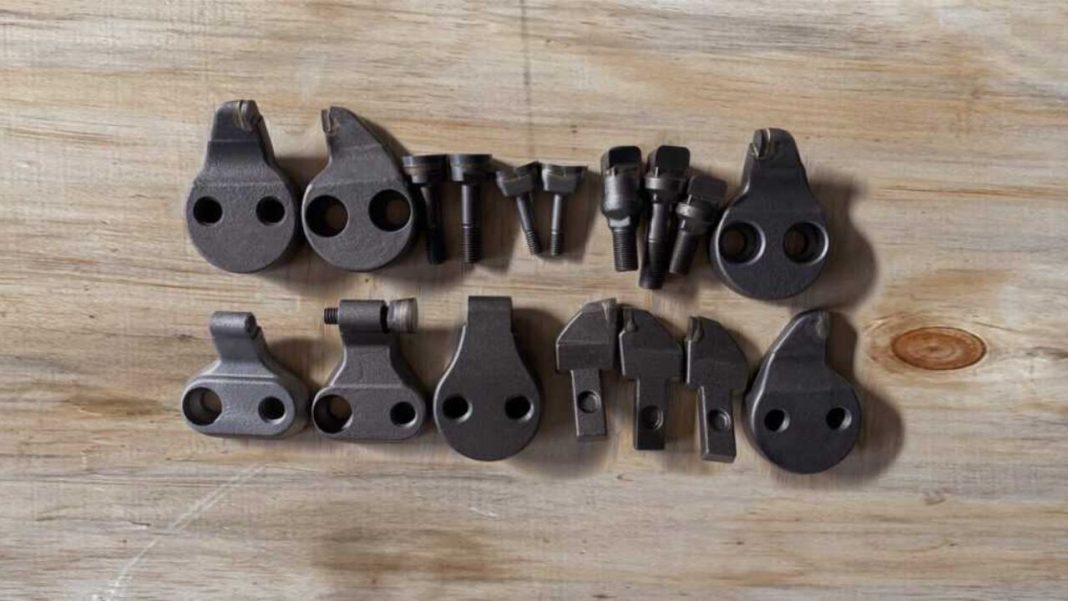Stump grinder cutter teeth are an essential tool. It is used in the efficient and effective grinding of stumps and roots. These are in various types such as yellow jacket stump grinder teeth, designed for efficient cutting and long-lasting performance. Identifying the various features bellowed one needs to consider while choosing the appropriate cutter teeth enhances the performance.
Material Composition
The most important element is the material from which they are made. Teeth of high quality are usually of hardened steel or carbide since they have to withstand a lot of pressure and are long-lasting. Carbide-tipped teeth are harder, and thus more appropriate for tough grinding applications, while hardened steel is characterized by high levels of toughness and wear resistance. This is to mean that operators should select teeth depending on the type of wood and the soil conditions to get the best out of it.
Tooth Design and Shape
The cutter teeth of a stump grinder are very important and their design and shape determine their efficiency. Some of the designs include flat, pointed, beveled teeth which are appropriate for various grinding applications. The flat teeth are suitable for general grinding whereas the pointed teeth are suitable for cutting through hard materials. Beveled teeth offer sharp cutting edges that can be useful during operation and can also help to minimize the amount of force that is needed. Choosing the right design according to the need of the job does help to increase the grinding efficiency and decrease the wear of the machine.
Compatibility with equipment
The cutter teeth used on the stump grinder have to be compatible with the grinder for the best results to be achieved. Teeth need to fit the mounting system of the grinder to avoid any problems of compatibility in the process. The stump grinder teeth are usually specific for the grinder and using the right type guarantees that the teeth are well fixed and function as they should. Operators should also ensure that they check the specifications of the stump grinder that they are using and ensure that they select cutter teeth that are recommended by the manufacturer.
Ease of Replacement and Maintenance
Another factor that is worth considering is the possibility of replacing and maintaining the equipment easily. Cutter teeth of stump grinder that can be easily replaced and maintained help minimize the time taken for the grinder to be out of service and the cost of operation. It would be ideal if the teeth were easy to mount and if they could be easily replaced or have a quick change mechanism since they will not be in use for long. Further, teeth that are manufactured in a way that they can be easily sharpened can serve longer periods and also be sharpened to maintain efficiency.
Cutting Efficiency and Performance
The design and the material used in the manufacture of stump grinder cutter teeth determine the cutting efficiency and the performance of the teeth. High-performance teeth are meant to allow for cutting that is smooth and efficient, and this saves a lot of time as compared to when grinding stumps. Stump grinder teeth that have a stable cutting edge can enhance efficiency and cut down the workload on the stump grinder. Operators should consider teeth that are well known to perform well in different grinding conditions.
Conclusion
Therefore, when choosing the stump grinder cutter teeth, the factors to consider include the material, the design of the teeth, compatibility, the ease of maintenance, the efficiency of the cut, and the durability of the teeth. Thus, by paying attention to these three aspects, operators can select the cutter teeth that will improve the process and make stump grinding less costly.











